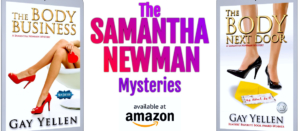The Value of Group Writing Projects
by Paula Gail Benson
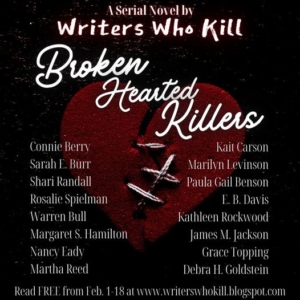 From February 1 until February 18 of this year, the Writers Who Kill blogging partners collaborated on a serial novella titled Broken Hearted Killers. I have to thank Martha Reed and Rosalie Spielman for initiating and organizing this project. When we all gathered for a photo at the 2022 Malice Domestic conference, they suggested the idea and those of us attending agreed we would like to try it. After going through the process, made very manageable by Martha and Rosalie’s diligence, I have to commend it as a great way to improve understanding character development and story structure.
From February 1 until February 18 of this year, the Writers Who Kill blogging partners collaborated on a serial novella titled Broken Hearted Killers. I have to thank Martha Reed and Rosalie Spielman for initiating and organizing this project. When we all gathered for a photo at the 2022 Malice Domestic conference, they suggested the idea and those of us attending agreed we would like to try it. After going through the process, made very manageable by Martha and Rosalie’s diligence, I have to commend it as a great way to improve understanding character development and story structure.
We began with a location, small town Granite Falls, and a group of characters, a book club called Page Turners that met at the local independent bookstore A Likely Story. Two of the characters, Helen and Iris, lived at a nearby elder community. Although life-long friends, Helen and Iris had also been life-long nemeses, with Helen as the more thoughtful and less privileged and Iris as the woman people loved to hate. They walked home from the Page Turners meeting and, the next morning, when Iris was discovered dead, Helen became a prime suspect.
Each participating blogger was assigned a chapter of 500 to 1,000 words, with the last chapter being given latitude to exceed that number to tie up all the loose ends. We didn’t have an outline. The chapter author could take the story wherever he or she wished, then the next writer would pick up the thread and go forward.
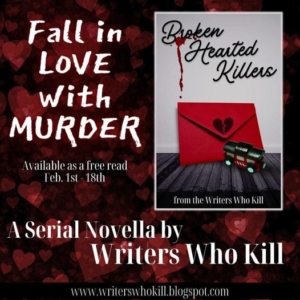 With Martha’s help, we kept a list of characters and significant events with notations about when they happened. We also tried to point out inconsistencies and correct them as we progressed so they didn’t become major obstacles to revise.
With Martha’s help, we kept a list of characters and significant events with notations about when they happened. We also tried to point out inconsistencies and correct them as we progressed so they didn’t become major obstacles to revise.
For me, a short story writer, the value of the process was in seeing how an amateur investigator’s process evolved in a longer work. In addition, I found it important to evaluate the tempo from scene to scene. If several had been devoted to questioning book club members, those following needed to provide some action, suspense, or twists. And, if possible, it was nice to end a chapter with a cliffhanger, to keep readers returning.
What surprised me a bit is how well all our different styles blended together. We all worked hard to make it a seamless product.
I don’t know if this may become an annual project, like our holiday stories in late November and December, but I hope it might. For any groups looking to try their hands at a serial work, I recommend that you give yourselves a few months to put it together and review it in advance of publishing it. Also, designating an editor to give the story a final read and check for consistency is just good quality control practice.
The completed Broken Hearted Killers remains available at Writers Who Kill (from February 1 to February 18, 2023). On Sunday, February 19 and Monday, February 20, Sarah Burr and Debra Goldstein are writing about our mutual experience at Writers Who Kill. Martha Reed also has kindly supplied it to the participants so they could include it in a newsletter or other offer to readers. Please stop by and let us know what you think!
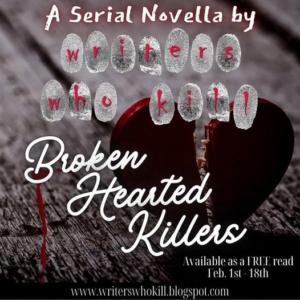


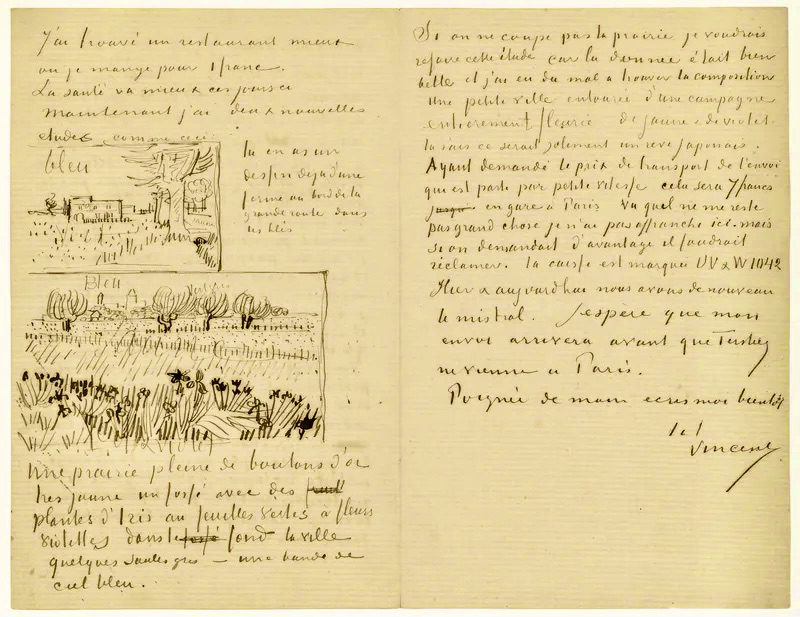
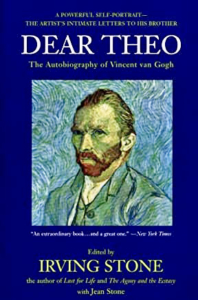 One mustn’t be afraid to do something wrong sometimes… You don’t know how paralyzing it is, the idiotic stare from a blank canvas that says you can’t do anything. Many painters are afraid of the blank canvas. But the blank canvas is afraid of the truly passionate painter who dares…
One mustn’t be afraid to do something wrong sometimes… You don’t know how paralyzing it is, the idiotic stare from a blank canvas that says you can’t do anything. Many painters are afraid of the blank canvas. But the blank canvas is afraid of the truly passionate painter who dares…  Did you know that Vincent was also a book lover? Here’s this: It is with the reading of books the same as with looking at art. One should, with assurance, admire what is beautiful.
Did you know that Vincent was also a book lover? Here’s this: It is with the reading of books the same as with looking at art. One should, with assurance, admire what is beautiful.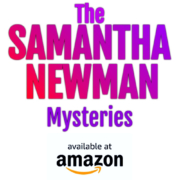
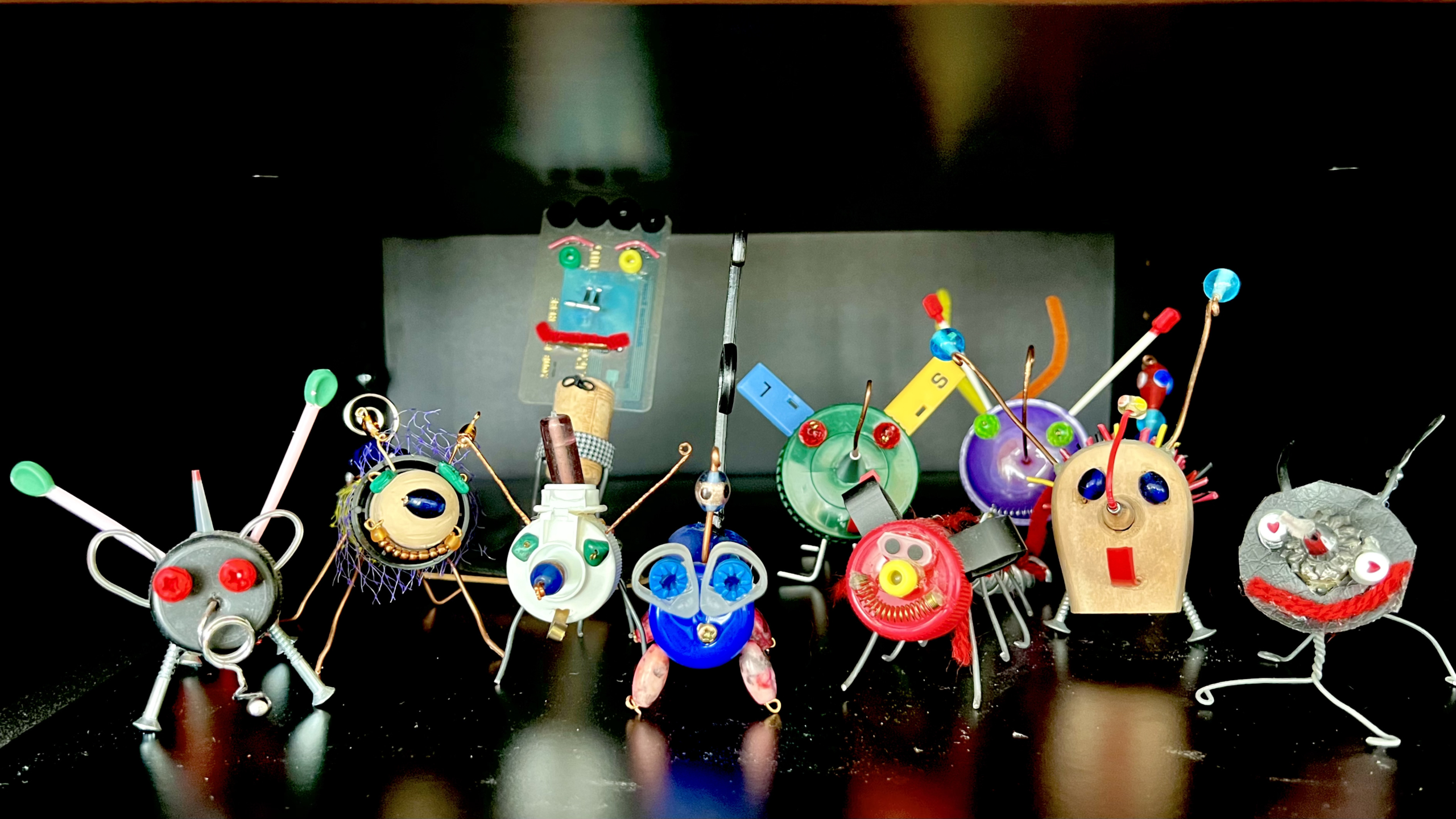
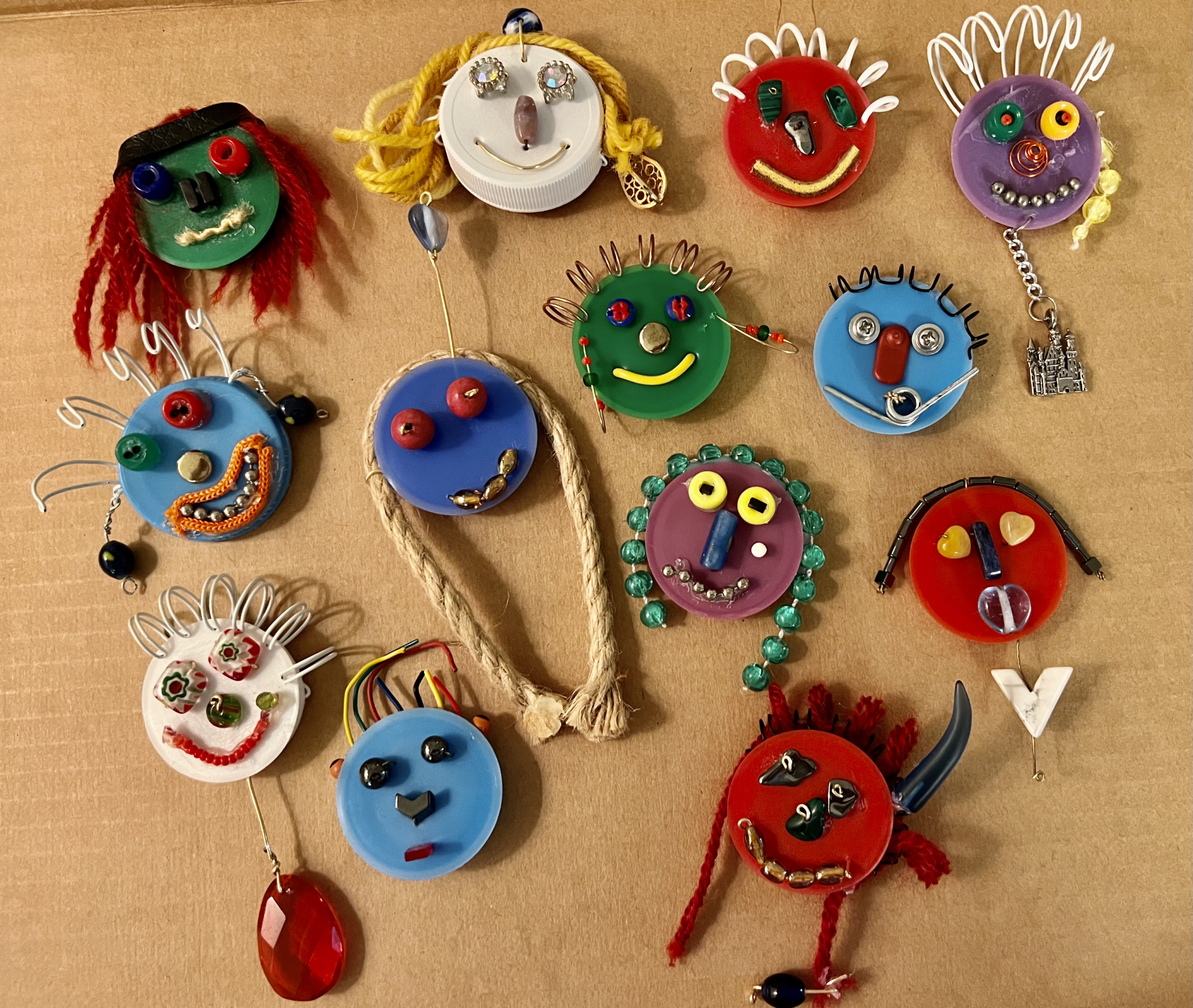
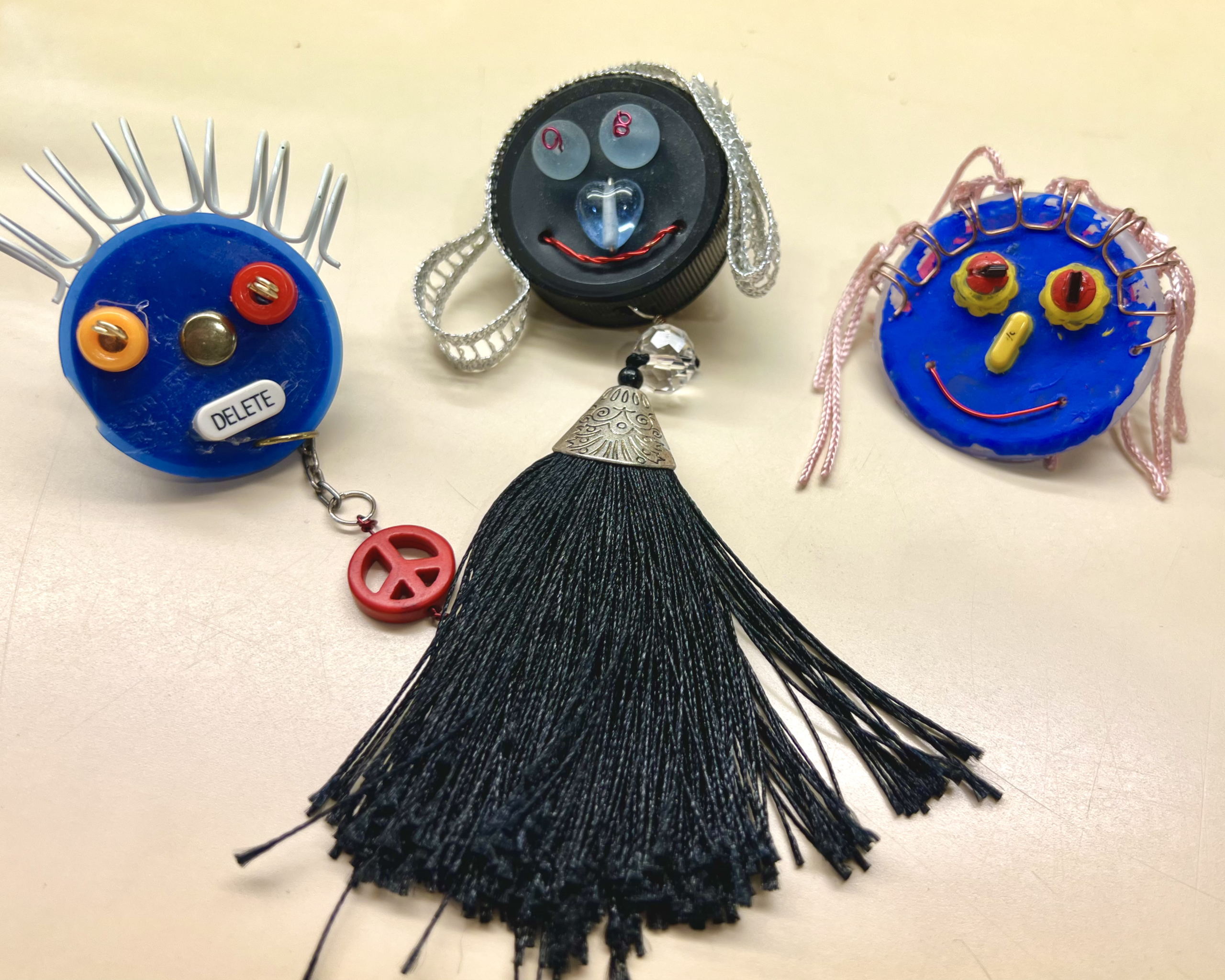

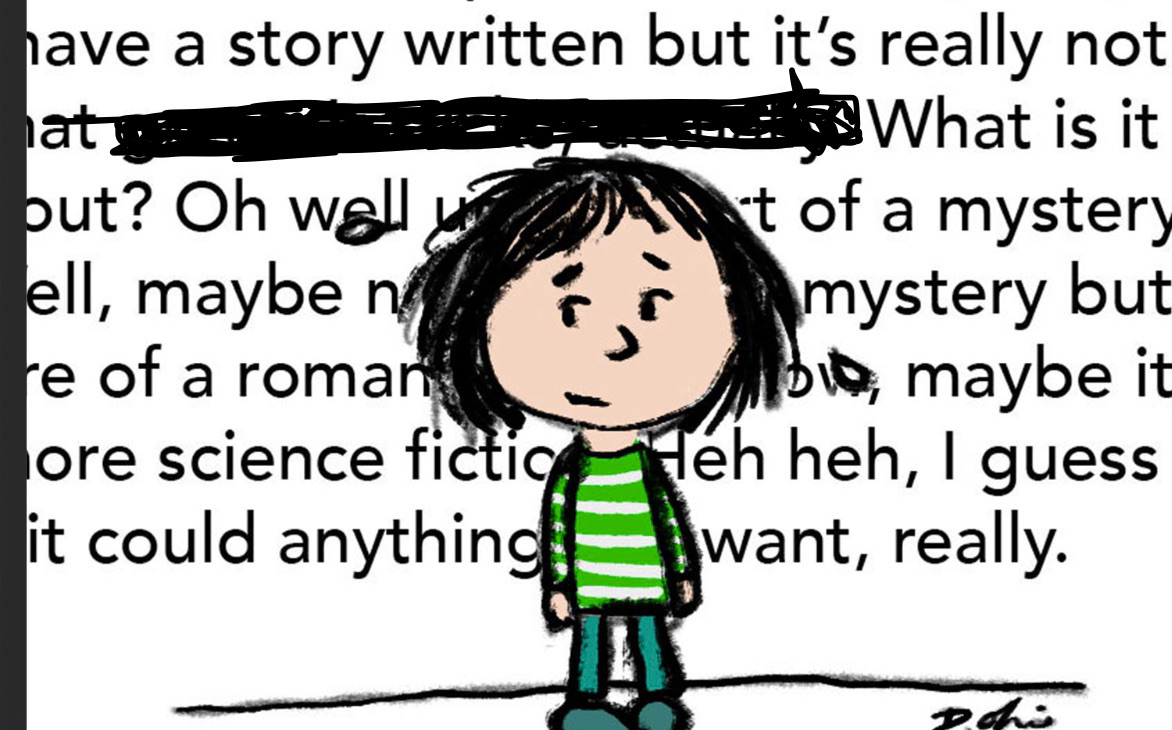 Glancing at the card, I noticed that the publisher she represented specialized in romance novels. I repeated that the book I had written was a mystery.
Glancing at the card, I noticed that the publisher she represented specialized in romance novels. I repeated that the book I had written was a mystery.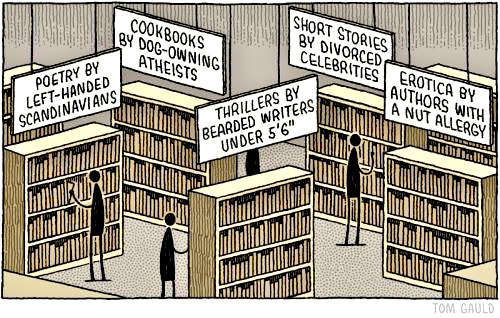
 Romance runs through the series as a subplot, due to my fiercely independent-minded main character, who continues to deflect the happy-ever-after ending romance readers crave. The romance continues into the next book, but the main plot is a true who-done-it.
Romance runs through the series as a subplot, due to my fiercely independent-minded main character, who continues to deflect the happy-ever-after ending romance readers crave. The romance continues into the next book, but the main plot is a true who-done-it.
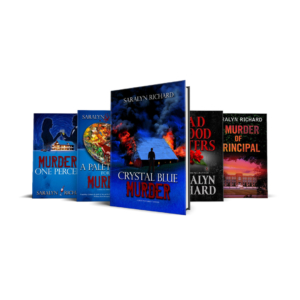
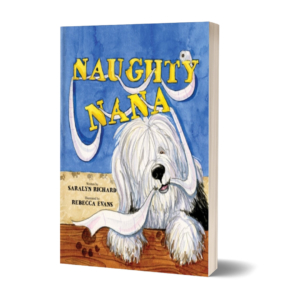
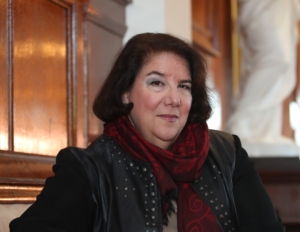
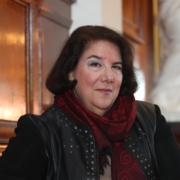


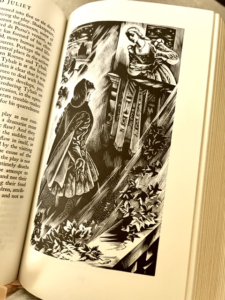 Of course, Shakespeare plays can be bawdy, sensual, and full of innuendo. But that professor made everything icky. A summer (and tuition) was wasted. At least I got the credit, and I’ve learned a lot more since then, like this:
Of course, Shakespeare plays can be bawdy, sensual, and full of innuendo. But that professor made everything icky. A summer (and tuition) was wasted. At least I got the credit, and I’ve learned a lot more since then, like this: rs attempt to set their own Elizabethan-style lyrics to the tune of the popular children’s dance.
rs attempt to set their own Elizabethan-style lyrics to the tune of the popular children’s dance.
